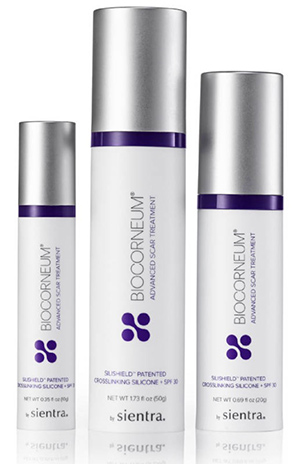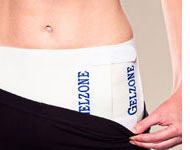Michael A. Bogdan, MD, FACS
Roger W. Cason, MD
2301 Plastic Surgery
2301 Westgate Plaza
Grapevine, TX 76051
Phone: (817) 442-1236
Fax: (817) 531-5851
Monday–Friday: 9 a.m.–5 p.m.
Scar Care
Whenever an incision is made, there will be a scar. At 2301 Plastic Surgery, serving Fort Worth, Plano, Frisco, and Grapevine, TX, we make every effort to hide scars in unobtrusive regions and want all of them to heal as well as possible. All scars go through a normal evolution while they are healing, and there are some things we can do to help scars look as good as possible. It is best to understand how scars heal so that you know what to expect:
Right after surgery, sutures are used to hold the skin edges together. Until the epidermis (top layer of skin) heals across the incision, there may be some scabs present. If your incision is covered with a steri-strip, you do not need to do anything. If it is open to air and you see scabs, we recommend using topical antibiotic creams such as polysporin or bacitracin, for the first 10 to 14 days after surgery.
Once all scabs have disappeared, the epidermal layer has healed. The scar tends to look very thin at this time. Under the skin surface, a significant amount of work is being done by the scar: your body builds up un-organized collagen around the incisional site (similar to how workers bring building supplies to a construction site). This process continues for about 6 to 8 weeks after surgery and during this time, the scar begins to feel thicker as a result. To assist with this phase of scar healing, we do recommend active scar care. Not everyone will need it, but unless you have a similar previous surgical scar, we do not know how you will heal as an individual.
Get to know Dallas-Fort Worth plastic surgeons Dr. Michael A. Bogdan and Dr. Roger W. Cason of 2301 Plastic Surgery. They are highly credentialed surgeons who share a passion for their craft and a genuine concern for each patient's personalized care.

The most recent advance in scar treatment is a product named Embrace. It combines the old gold standard of scar treatment (silicone sheeting) with active tension-release over the scar. For high tension scars such as an abdominoplasty, we recommend that you consider using this product.
The best scar cream available is BioCorneum. It has crosslinked silicone in a gel format that is easy to apply, works on irregular surfaces, and gives excellent results.
Another good choice is Mederma Advance. It is a once-per-day cream that is easy to apply, gives good results, and is one of the less expensive but still effective options.

All of these products have been shown to accelerate the resolution of the thickening of scars. The old gold standard for treating scar thickening is the use of silicone sheeting, however it is very hard to be compliant with wearing the silicone sheet (24hrs a day, 7 days a week) to receive the benefit. We like to evaluate your scars at 6 to 8 weeks so we can let you know if they are healing normally, or if we would recommend the use of silicone sheets. If you want to be as aggressive as possible and use the silicone sheets early, consider purchasing either ScarFx or NewGel. Both have template sheets that work well for a variety of incision types.
If you have a small incision (such as a breast augmentation scar, or liposuction access scars) and want to use silicone sheeting, Molnlycke Healthcare makes an inexpensive silicone tape (Mepitac Soft Silicone Tape) that works very well. 3 yards can be purchased from Amazon for around $20, which make it affordable enough to consider disposable. Most of the other silicone sheeting products are so expensive that you should reuse them for 3-6 weeks to make them cost effective.

A nice product for use after abdominoplasty or body-lift operations is the GelZone Wrap, a product that combines both silicone scar therapy with gentle compression: the Gelzone Wrap. As this product has velcro tabs, it solves the problem that occurs with other silicone sheets that tend to roll over or fall off.
These scar therapies are aimed at making the scars flat. If your scars start getting thicker (hypertrophic scars), laser therapies might be required to tame the scar. While the scar is still immature and red, we recommend the use of sun block on the scar. If you get a tan on an immature scar, the pigment will get trapped and make the scar more visible for the rest of your life. Once the scar is mature and white, you do not need to worry about sunblock.